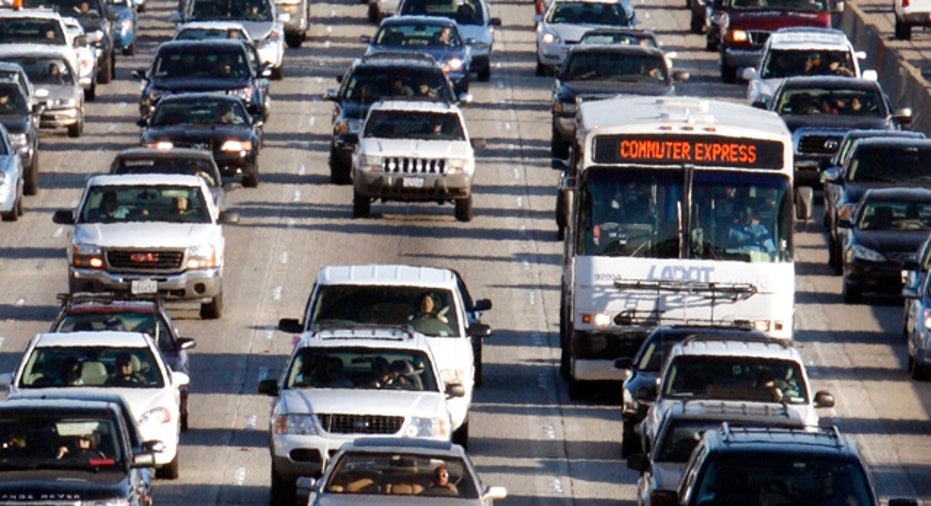Self-Driving Cars? Not so Fast, NHTSA Says

Self-driving cars seem so inevitable.
Most experts expect that they will be safer -- to the point that car insurance rates could fall by 80%. Governed by computers and pixie dust, autonomous cars can react more quickly, drive more closely together and offer mobility to people who otherwise wouldn't drive.
Plus they would free up all kinds of valuable texting time.
But the National Highway Transportation Safety Administration (NHTSA) thinks we're not ready yet. Yesterday the agency released its proposal for eventual integration of robot cars. The upshot: States should license self-driving vehicles only for testing purposes, and if offering licenses to the general public should require a specially trained driver behind the wheel in case things go wrong.
"Self-driving vehicle technology is not yet at the stage of sophistication or demonstrated safety capability that it should be authorized for use by members of the public for general driving purposes,” the NHTSA statement says.
California, Nevada and Florida currently allow self-driving cars on public roads, but only for testing.
The robot car you already own
NHTSA's policy statement today looks to lay the ground rules for ever-increasing levels of computer control. It lays out five levels of automation, from absolute zero all the way up to a car that drops off your kids at school for you.
Surprisingly, on NHTSA's scale, every car sold today is at least Level 1 on a scale of 0 to 4 by virtue of features such as antilock brakes and electronic stability control. Many newer cars that have automatic braking and lane centering would be considered Level 2. Google's automated Priuses are a Level 3 because the driver can take over when needed. Level 4 is complete automation with no possibility of driver intervention -- the vehicle may even be unoccupied.
NHTSA offered these suggestions, for example, for testing of Level 3 vehicles:
• A trained driver must be able to quickly and easily retake control of the vehicle from the automated system.
• The driver should be able to retake control of the test vehicle by an immediate and simple method such as a button on the dashboard.
• Automated brake and accelerator pedals and the steering wheel should defer to a driver's manual input.
• The self-driving vehicle should alert the driver when the automated system cannot operate due to road conditions, environmental conditions or a malfunction.
The original article can be found at CarInsurance.com:Self-driving cars? Not so fast, NHTSA says